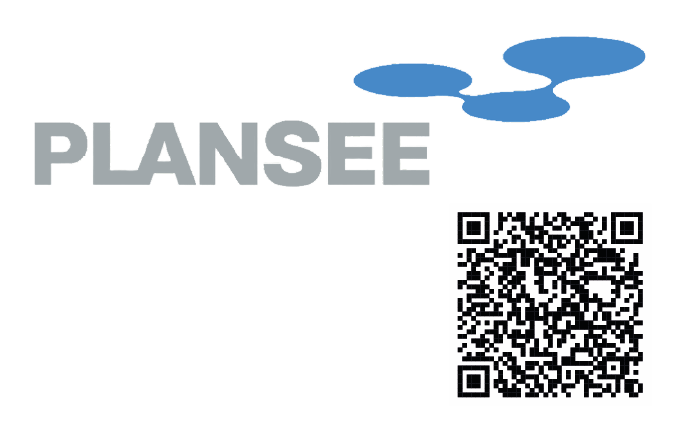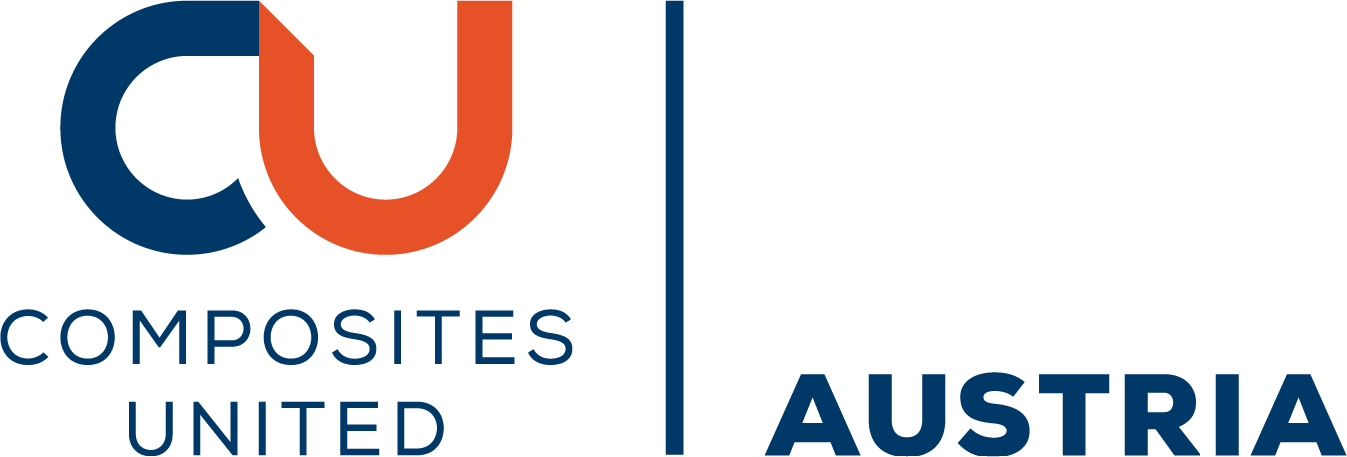
Modelling of Thermomechanical Warping in Carbon Fibre/Peek Laminates manufactured using Laser Assisted Tape Placement
Please login to view abstract download link
Thermoplastic composites, particularly carbon fibre/PEEK, are expanding the possibilities for lightweight structure manufacturing. By enabling in-situ consolidation, they remove the need for ovens or autoclaves, reducing manufacturing costs. In this context, laser-assisted tape placement (LATP) is an efficient method to realise carbon fibre-reinforced thermoplastic polymer composites for various structural applications across multiple engineering fields. During LATP processing, the incoming composite tape and its substrate are heated by a laser. Immediately afterwards, a compaction roller introduces pressure at the tape’s top surface, causing contact between its bottom surface and the existing substrate. However, when using LATP, generally speaking, the fast heating of localised portions of material followed by rapid cooling rates develops residual stresses and strains, which can lead to severe variations of the final geometry of the desired composite. This aspect represents one of the main differences between composite laminates manufactured with LATP and their counterparts obtained with more traditional techniques (e.g., autoclave/hot press), characterised by slower heating/cooling rates. Reducing stresses and strains necessitates an in-depth understanding of the manufacturing process. In this regard, Ma et al. recently proposed a state-of-the-art 2D finite element (FE) approach to investigate the formation of residual stresses in unidirectional composite laminates. In light of these considerations, this work presents a virtual manufacturing environment using a fully coupled thermo-mechanical 3D FE model, including viscoelastic effects, to study the contribution of different manufacturing parameters on the final residual fields of carbon fibre composite laminates manufactured with LATP. Numerical results will be provided on the influence of the compact roller’s heating and cooling rates and different pressure and velocity values. Finally, this work presents insights into enhancing the LATP process to manufacture high-performance composite laminates with reduced undesired residual fields and minimal deviations from their designed original geometries.






